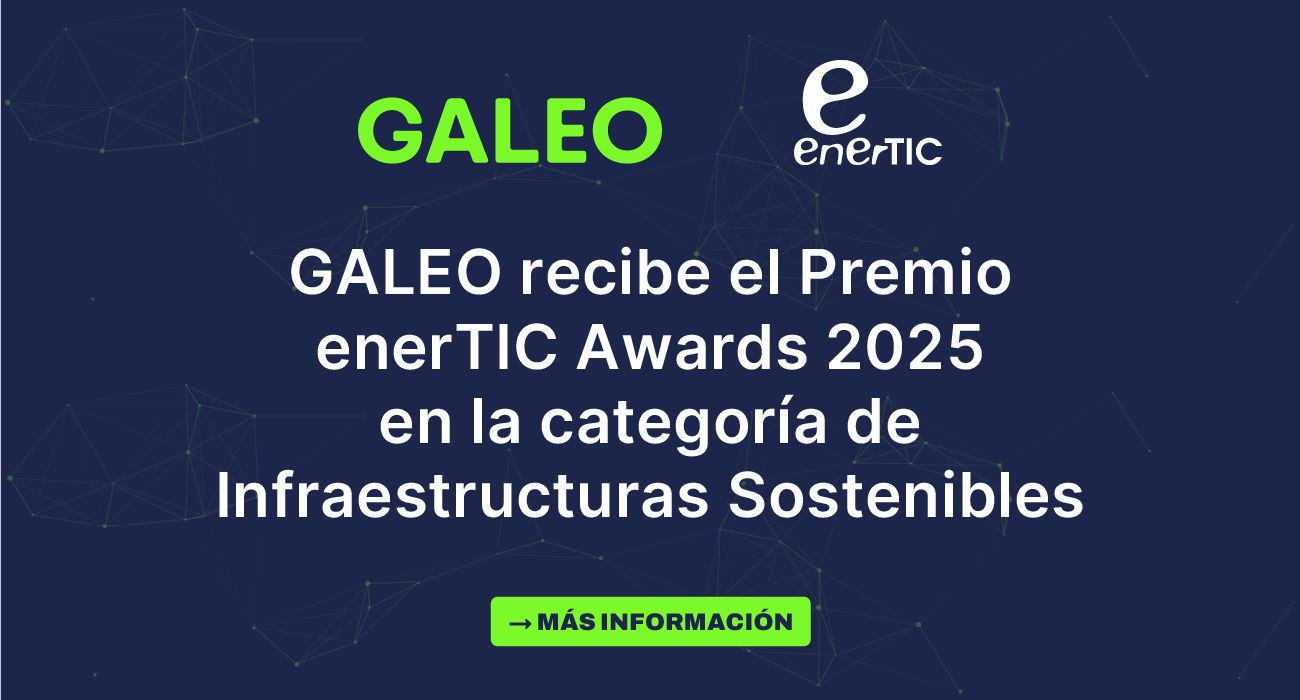In recent days, a colleague representing a Galeo customer asked me about the rationale behind the IoT Edge architecture designed a couple of years ago. Although there are many versions of IoT reference architectures, it is always good to remember the principles on which we base the design of our solutions.
Architectural design principles.
Concentration strategy. Field IoT Edge Gateways are proposed for deployment when a concentration strategy is chosen. IoT Edge Gateway aggregates the information and connectivity capabilities to integrate downstream lower level equipment. A concentration strategy is almost always recommended to handle the following situations:
- Translation of field protocols: At the field level, there are several systems, from different manufacturers, with very different communication protocols and data structures. An IoT Edge Gateway performs the “dialogue” functions with these systems through various languages (REST API, MQTT, Modbus RTU, Modbus TCP, proprietary protocols, etc.).
- Isolation of OT networks from IT networks. An IoT Edge Gateway typically acts as an isolation element for OT networks. It is considered good practice to decouple OT networks from IT networks for reasons of performance, skills, security, etc.
- SW and IoTOps. With an IoT Edge Gateway strategy, the SW lifecycle is managed in a much more scalable and maintainable way. In addition, there is a computing platform close to the control and action elements where ad-hoc functional SW can be deployed.
- Local processing and storage capabilities. The IoT Edge Gateway enables the deployment of SW for data processing and local functionalities (process). For example, a SW module harmonises and enriches messages from different vendors’ systems. Local storage can also be deployed, as a backup measure.
- Flexibility for new use cases. The IoT Edge Gateway provides flexibility to adapt the solution to new future use cases. For example, if you implement strategies for computer analysis of security camera images, you need an element such as the IoT Edge for local management of these data sets.
